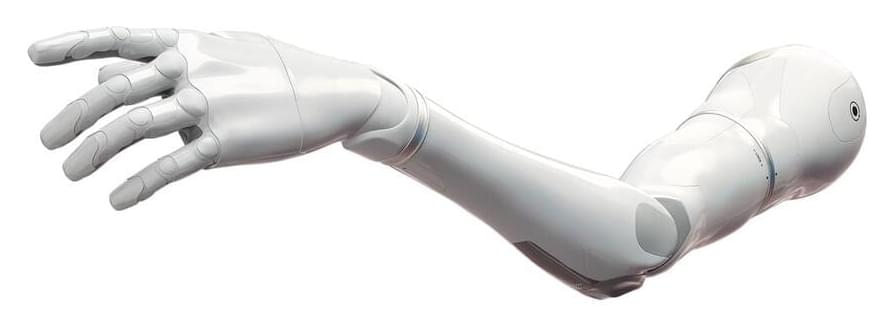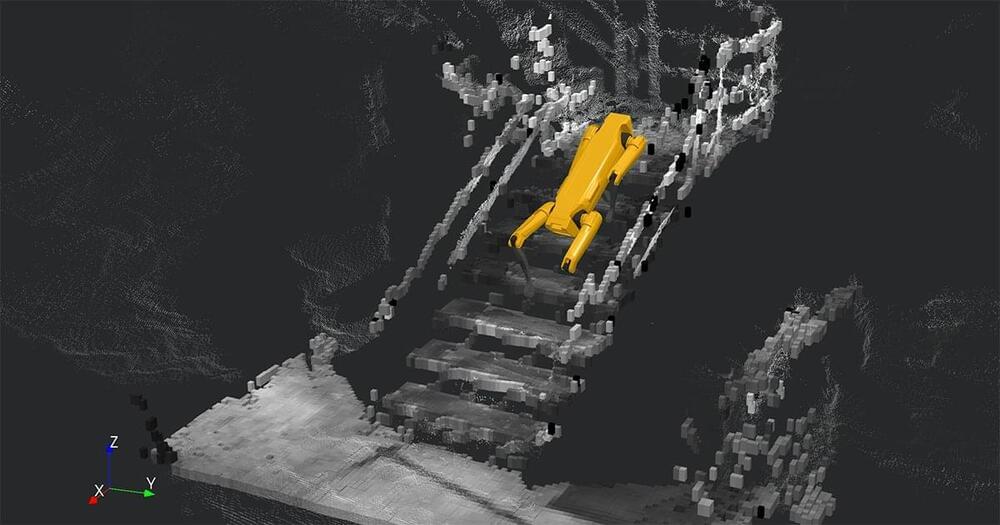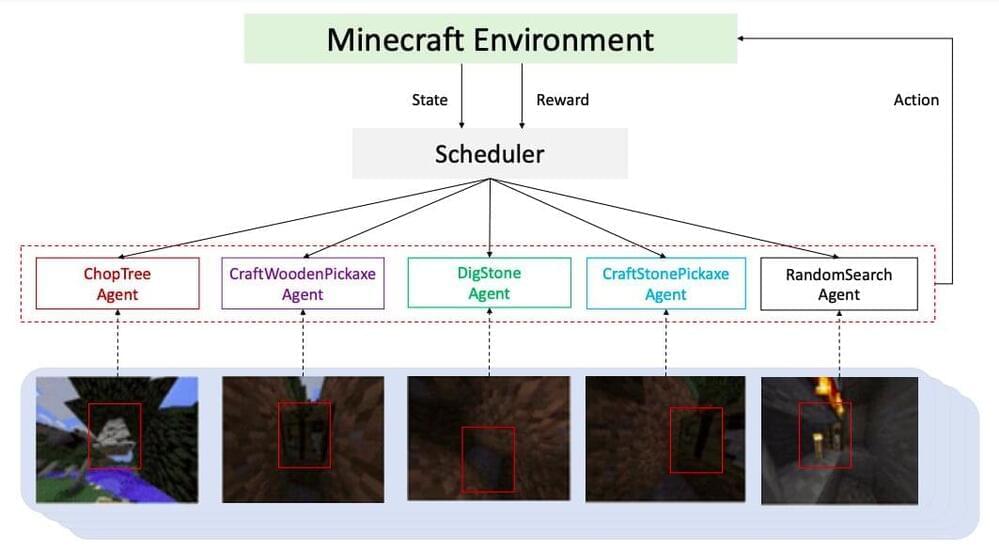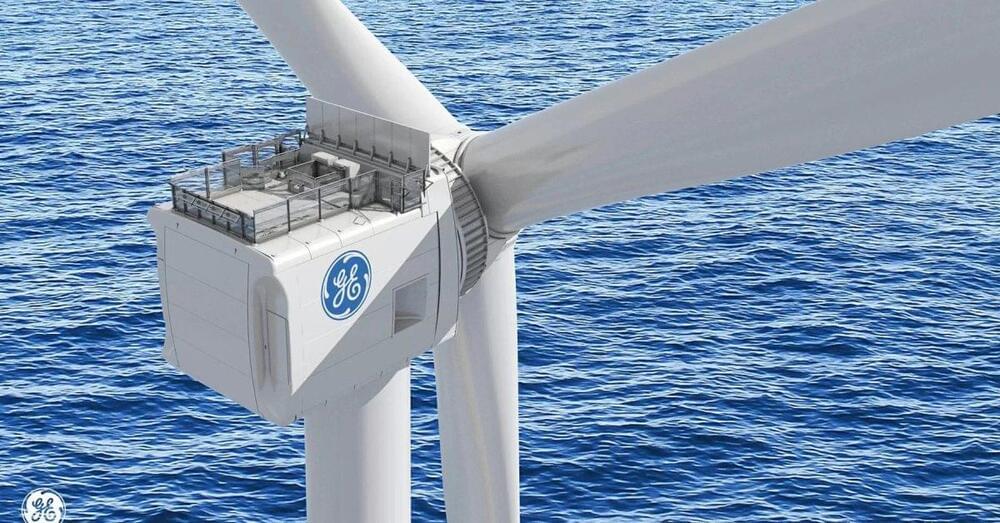Probably some of the best robotic hands developed to date. definitely worth a look, for robotics people.
Learn More
Get on the waitlist for the Atom Touch.



In recent years, computational tools based on reinforcement learning have achieved remarkable results in numerous tasks, including image classification and robotic object manipulation. Meanwhile, computer scientists have also been training reinforcement learning models to play specific human games and videogames.
To challenge research teams working on reinforcement learning techniques, the Neural Information Processing Systems (NeurIPS) annual conference introduced the MineRL competition, a contest in which different algorithms are tested on the same task in Minecraft, the renowned computer game developed by Mojang Studios. More specifically, contestants are asked to create algorithms that will need to obtain a diamond from raw pixels in the Minecraft game.
The algorithms can only be trained for four days and on 8,000,000 samples created by the MineRL simulator, using a single GPU machine. In addition to the training dataset, participants are also provided with a large collection of human demonstrations (i.e., video frames in which the task is solved by human players).

A new study suggests that systems governed by quantum mechanics do not show an exclusively linear evolution in time: in this way, they are sometimes able to unfold into the past and into the future simultaneously.
An international group of physicists concludes in a recent research published in the journal Communications Physics that quantum systems that evolve in one direction or another in time can also be found evolving in unison along both directions. This property shown by quantum systems in certain contexts breaks with the classical temporal conception, in which it is only possible to move forward or backward in time.
The work, carried out by scientists from the universities of Bristol (United Kingdom), Vienna (Austria), the Balearic Islands (Spain) and the Institute of Quantum Optics and Quantum Information (IQOQI-Vienna), shows that the limit between the time that going back and forth can be blurred in quantum mechanics. According to a press release from the University of Bristol, the new study forces us to rethink how the flow of time manifests itself in contexts in which quantum laws play a fundamental role.

Harvard University on Tuesday launched the Kempner Institute for the Study of Natural and Artificial Intelligence, a new University-wide initiative standing at the intersection of neuroscience and artificial intelligence, seeking fundamental principles that underlie both human and machine intelligence. The fruits of discoveries will flow in both directions, enhancing understanding of how humans think, perceive the world around them, make decisions, and learn, thereby advancing the rapidly evolving field of AI.
The institute will be funded by a $500 million gift from Priscilla Chan and Mark Zuckerberg, which was announced Tuesday by the Chan Zuckerberg Initiative. The gift will support 10 new faculty appointments, significant new computing infrastructure, and resources to allow students to flow between labs in pursuit of ideas and knowledge. The institute’s name honors Zuckerberg’s mother, Karen Kempner Zuckerberg, and her parents — Zuckerberg’s grandparents — Sidney and Gertrude Kempner. Chan and Zuckerberg have given generously to Harvard in the past, supporting students, faculty, and researchers in a range of areas, including around public service, literacy, and cures.
“The Kempner Institute at Harvard represents a remarkable opportunity to bring together approaches and expertise in biological and cognitive science with machine learning, statistics, and computer science to make real progress in understanding how the human brain works to improve how we address disease, create new therapies, and advance our understanding of the human body and the world more broadly,” said President Larry Bacow.
Elon Musk says Neuralink is just waiting on FDA approval for its first human trials, which will be conducted among those with severe spinal injuries. Musk said he is sure the chip will help them walk.


NASA has warned that a giant asteroid bigger than the Eiffel Tower will break into Earth’s orbit in just over a week.
The 1,082-foot space rock is heading our way and should skim past us on December 11.
NASA has its eye on Asteroid 4,660 Nereus because it’s well over 492 feet long and will come within 4.6 million miles of Earth.


British utility SSE and Norwegian energy giant Equinor announced late last week that they have secured financing to proceed with the construction of the $3.98 billion Dogger Bank C offshore wind farm off England’s northeast coast.
Dogger Bank C offshore wind farm, along with Dogger Bank A and Dogger Bank B, is due to become the largest offshore wind farm in the world upon completion, with an installed capacity of 3.6 gigawatts (GW). Each phase is 1.2 GW.
Dogger Bank C will generate around 6,000 gigawatt hours (GWh) of electricity a year when completed in 2026.